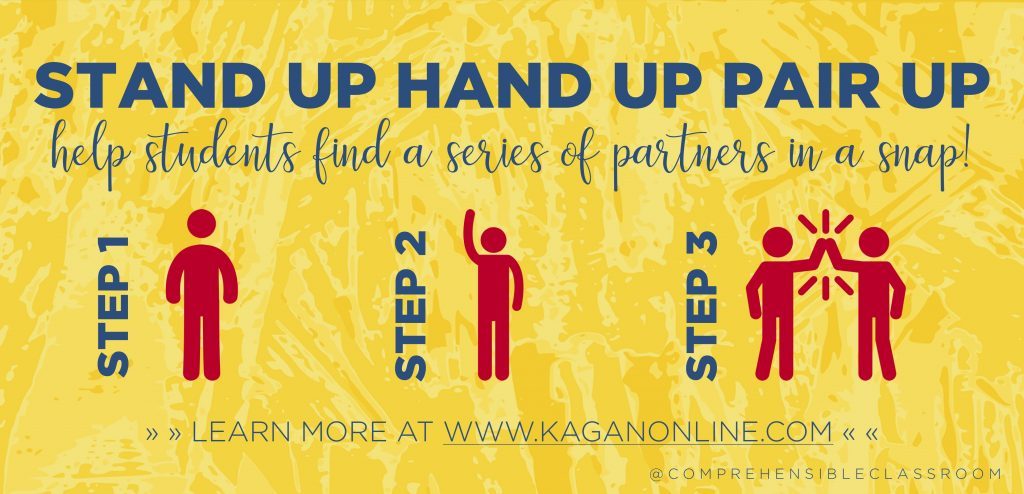Last month, I shared my search for the perfect book to reach our unit and student needs within our narrative unit. After a surprisingly long search, I finally found a book that met ALL of my criteria! As a reminder, this is what I was looking for:
1. Fantasy genre but not dystopian (we use The Giver in February)
2. Rich in narrative techniques (the students will be studying these techniques and their effects on the readers then emulating them in their own writing)
3. Depth of meaning with layers to explore (what's a book without great discussion?)
4. Appealing to many types of students, especially middle school age appropriate
5. Short enough to read during class time within a 6-8 week time period (the students will not be taking the books home)
The winner is.....
The Star Shepherd
The novel tells the tale of a boy, Kyro, whose father is a Star Shepherd. It is his duty to watch the sky at night then retrieve fallen stars and catapult them back into the sky before morning so they can keep evil spirits away. The problem is that too many stars are falling at once and the evil monsters are beginning to appear at night. Kyro's father goes off to warn the Council and leaves Kyro in charge of the stars. When he doesn't return, it becomes up to Kyro to find a way to essentially save the world. Some topics that will lead to great discussions include expectations of responsibility, loyalty to family and friends, and the power of one.
Student Input
 I love giving opportunities for student input so I previewed the book with a few classes before making a final decision. For the preview, I showed a video of the book trailer and then read the first few pages. Following that, I gave a quick book talk while maintaining suspense and without giving any "secrets" away. Then the students answered three quick questions:
I love giving opportunities for student input so I previewed the book with a few classes before making a final decision. For the preview, I showed a video of the book trailer and then read the first few pages. Following that, I gave a quick book talk while maintaining suspense and without giving any "secrets" away. Then the students answered three quick questions:1. On a scale of 1-5, how much interest do you have in reading The Star Shepherd?
2. On a scale of 1-5, how much interest did you have in our last class novel?
3. Should next year's classes use The Star Shepherd in place of our last class novel?
The second question gave me a good baseline to compare the first one to. Let's face it: some kids are going to score any book a 1. The results showed that the students liked The Star Shepherd about the same as the novel we used this year as a temporary placeholder (Charlie and the Great Glass Elevator) and only 13% of students said they wouldn't like it as a replacement, which is not bad for middle school. Overall, the students found it interesting and were intrigued by the adventure within the story. Some students even asked to borrow the book after I was done sharing it with classes. I think that is a definite sign of success!
I'm happy that I found something that will work for what we need next year and I enjoyed the process. Also, the experienced challenged me to read books I wouldn't normally pick up and I even ended up falling in love with a couple of them along the way.
Comment below with the last book you read!
Keep the magic alive,
Kandyce Valverde





























